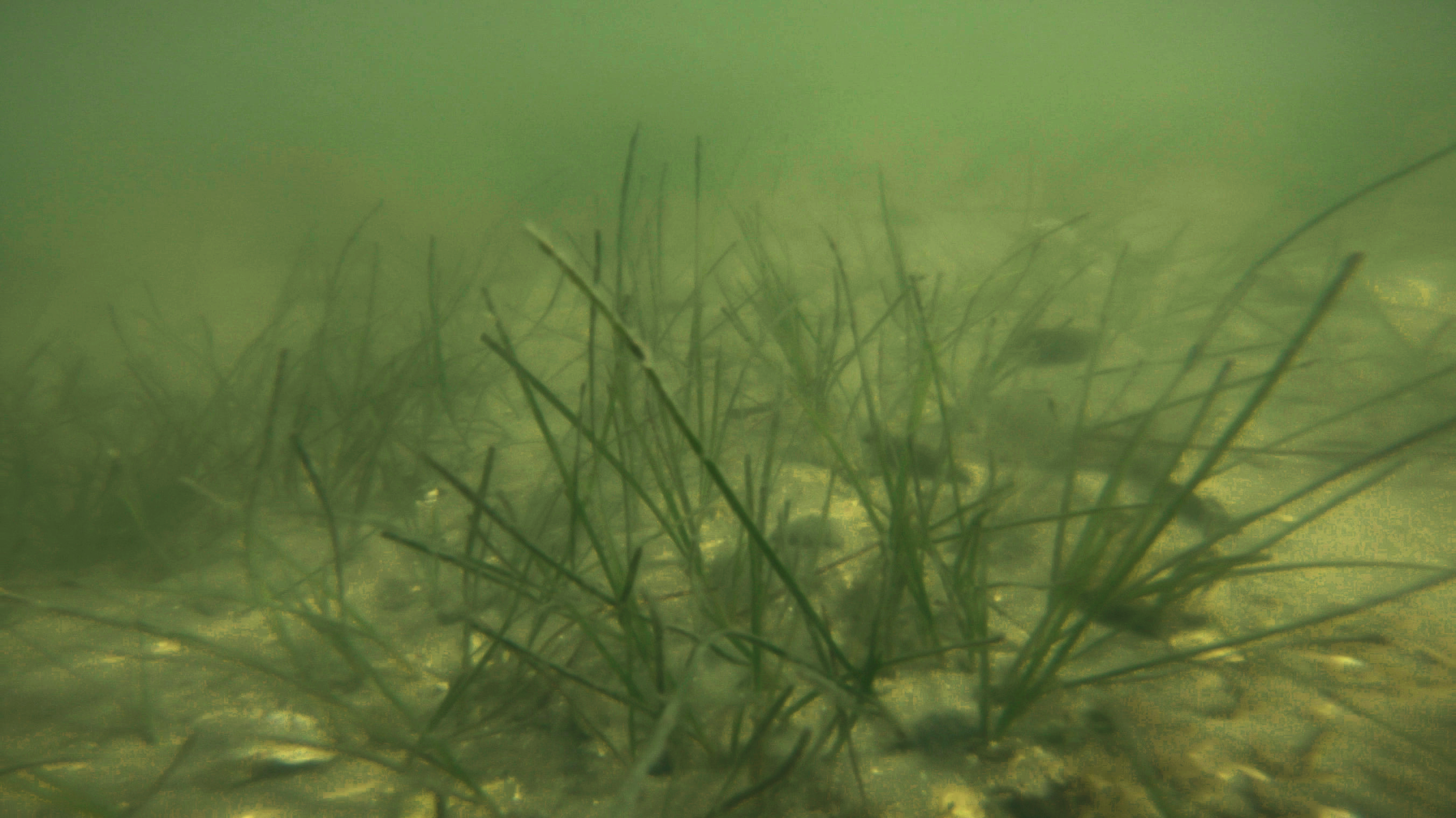
Nature-based solutions and community restoration efforts have been pivotal in shaping my recent leadership journey, infusing purpose and direction into my life.
The 3-minute talk was awarded the Indian River Lagoon National Estuary Program "Promising Scientist Award" for the presentation titled, "Save the Seed: Sexual reproduction of Halodule wrightii in Mosquito Lagoon, Florida". Scientific conference organized by Florida Atlantic University (FAU) Harbor Branch Oceanographic Institute.
SAve THE SEED

research experience for undergraduates
University of Central Florida
Coastal & Estuarine Ecology Lab
Faculty Mentor: Dr. Linda Walters
Awarded by the National Science Foundation | Summer 2023
Thriving Together: A Multi-Habitat Approach for Coastal
Restoration Using Oysters and Seagrass in
the Indian River Lagoon
Community Presentation: Co-planting seagrass along oyster reeefs
Why is seagrass restoration important to coastal communities?
Seagrass beds provide critical habitat and nursery grounds for commercial and recreational fish species that make Florida the “Fishing Capital of the World”.
Seagrass creates habitat structure for protected species like the Green Sea Turtle and Manatee.
Seagrass meadows are carbon sinks and help mitigate climate change and buffer ocean acidification.
Welcome to the fascinating world of scientific exploration in the mosquito lagoon, florida
Nestled in the northernmost basin of the Indian River Lagoon, Mosquito Lagoon is a shallow water estuary that serves as an experimental site for collecting invaluable scientific data.
As we embark on this journey, we will dive into the intricate ecosystems that thrive within these waters, uncovering the secret of marine life, wetland soils, water quality and carbon sequestration.

Monitoring seagrass using a quadrat.

Experimental site with live oyster reef.

The study species of this experiment was Halodule wrightii, shoal grass.

A one square meter quadrat placed at the experimental site.

Soil samples were collected at each experimental site.

Oyster reef rings deployed at restored reef site.
